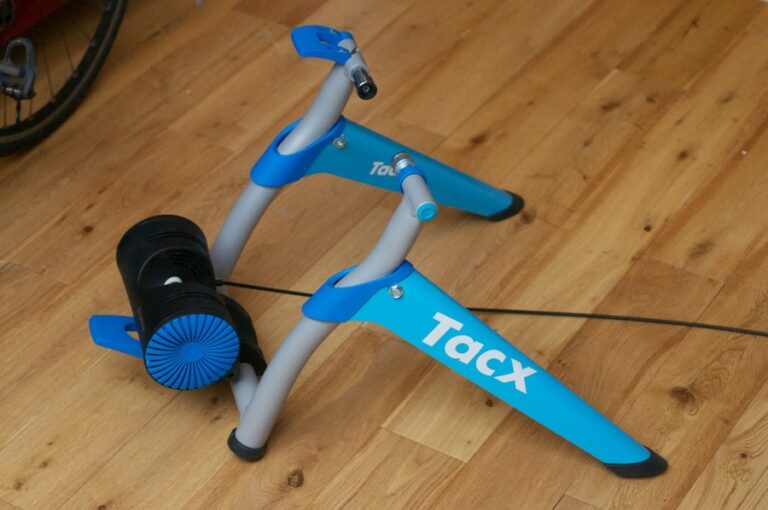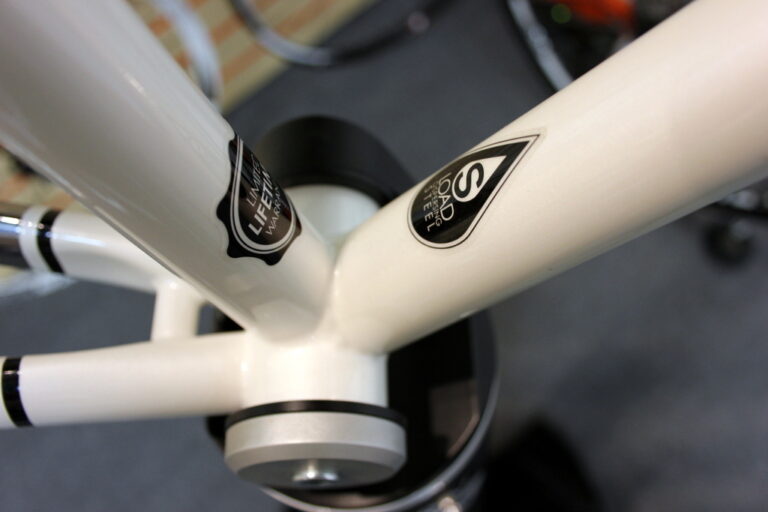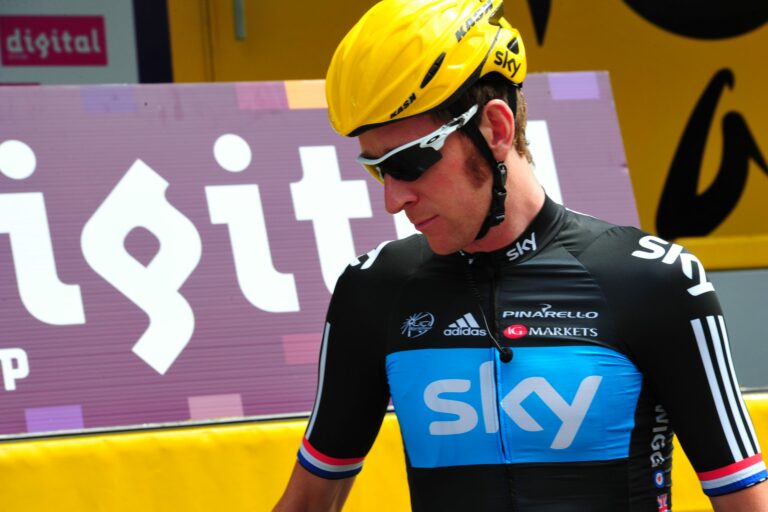The Lupine Piko TL Max is the first high powered, rechargeable light we have tested this season.
It offered an abundance of settings, a maximum of 750 lumens for two hours, and a smart, integrated design, but was let down by the round, tightly focussed beam pattern, rather than the broad spread we’d hoped for.
Lupine has been in the game for a number of years. Founded in the late eighties, their first mass produced light popped (very brightly at the time) into stores in 1991.
The rise in popularity of smaller and more powerful integrated light heads and battery packs made it fairly clear that when the Lupine Tesla was retired the new Piko would receive an integrated design solution. The Piko TL was born last year and will be tweaked again for 2013, turning up the wattage to 13 and the lumens to 900.
This version is the 2012 incarnation, which sends out 750 lumens at 10 watts for two hours (rechargeable from empty in four hours), and which UK distributor Zyro told us will remain on sale for a while yet on these shores (the 3600 watt, remote controlled Betty RL is the 2013 model they expect next – a lamp seemingly with sufficient capacity to illuminate a stadium).

Priced at £350, the Piko TL Max represents a substantial investment. You need to be serious about your winter miles to invest in something this wallet-lightening. While on the subject of weight, the TL Max tipped our scales at 205 grams, including the mounting bracket and band. While that made it 60 grams heavier than our regular lamp (Exposure’s 145 gram Diablo), the CNC machined, lozenge-shaped body of the Lupine had a feeling of indestructibility.
The handlebar clamping system was another impressive feature. The simplicity of the substantial rubber band left the bars uncluttered for weekend daylight rides without the need to remove an Allen clamp.
Options abounded at the lamp. There are 56 ways to set up the Piko TL Max. You might question the merits of such a bewildering choice, or raise your hat in salute to the designers’ attempts to satisfy any number of unknown users. We tended towards the former. Simplicity is key in our book. We opted for a four step configuration, which gave us a range of beam strengths for a selection of light levels as dawn or dusk fell.
While we were impressed by the rugged construction and the sheer attention to detail in plethora of settings, we couldn’t help but feel that Lupine should have focussed more development on the Piko TL Max’ optics.

Angled slightly downwards to avoid blinding oncoming traffic, all the lumens were focussed into a single bright spot, where we’d have preferred a broad beam.
The Piko TL Max features in Lupine’s ‘flashlight’ range, rather than among its bike specific offerings. That said, it’s supplied with a handlebar mount and it is billed in the attendant blurb as suitable for use as ‘the most modern LED bike light in the world’.
Impressive in all areas except the beam pattern, we’d suggest a greater focus on optics than the electronc wizardry exhibited here in the numerous modes and settings.
We’ll be testing the 2013 incarnation when it lands in Blighty and will be interested to compare the optics with the model tested here.





